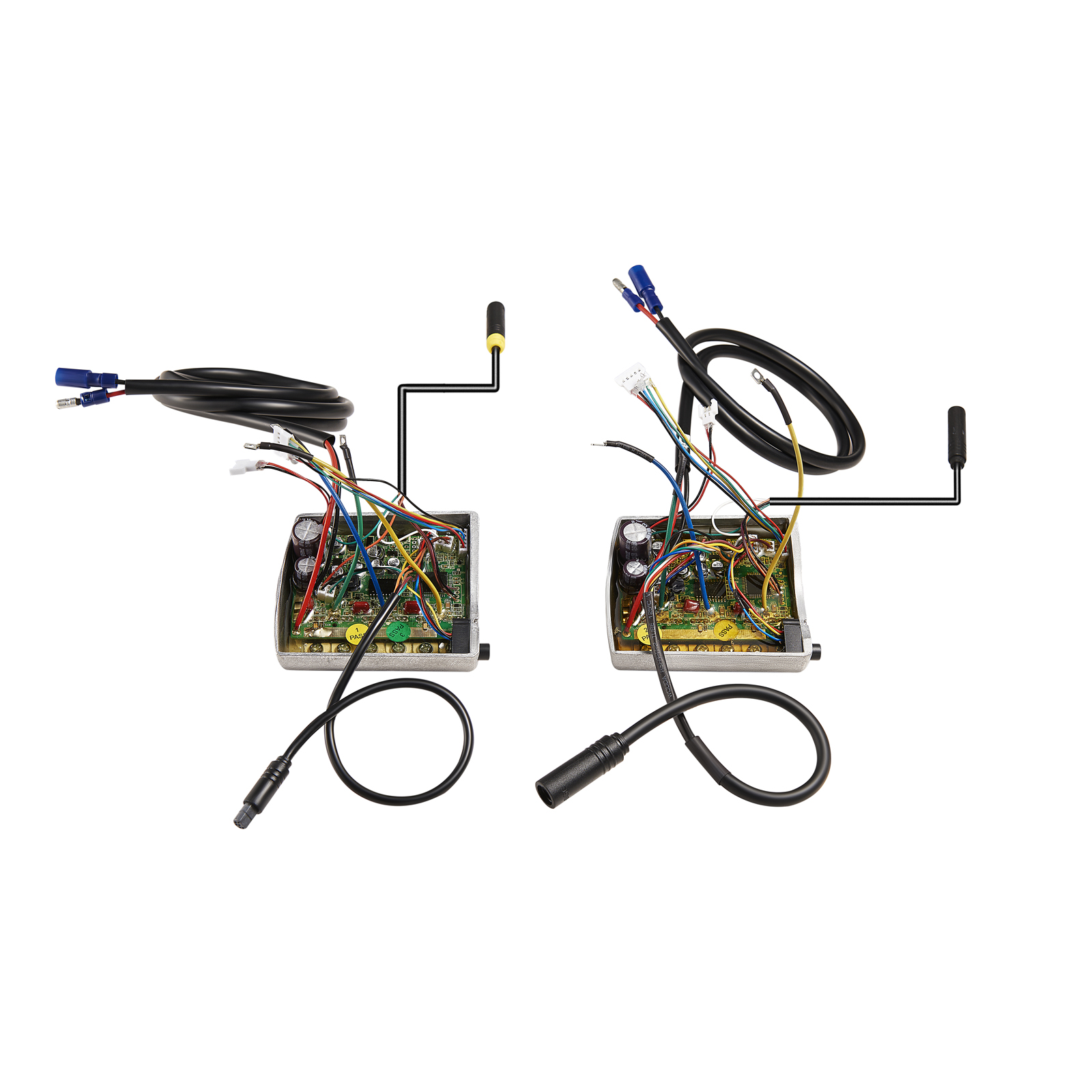You can't make up your own rules for rating and testingt. The engineer responsible for the product decides the rating, and government departments decide on the tests, not you.I think its the other way around. A motor running at its rated value of 250W will be close to its specified maximum temperature or for the temperature class it falls into( if this is applicable). If its running cool at 250W its over rated. Ideally for the test, it should run close to its specified maximum temperature because its the safe maximum continuous power figure we are looking for.
The test only covers running at optimal rpm, but the motor has to run at a lot of different rpm during use in an ebike. The engineer needs to allow for that. The test is at optimal rpm. The efficiency at optimal RPM is typically around 75%. At 3mph, the efficiency of a hub-motor could be as low as 20%, which would make more than three times as much heat. Other rules in the EN15194 standard say that the motor must't burn in use, which includes climbing a hill at 3 mph.







